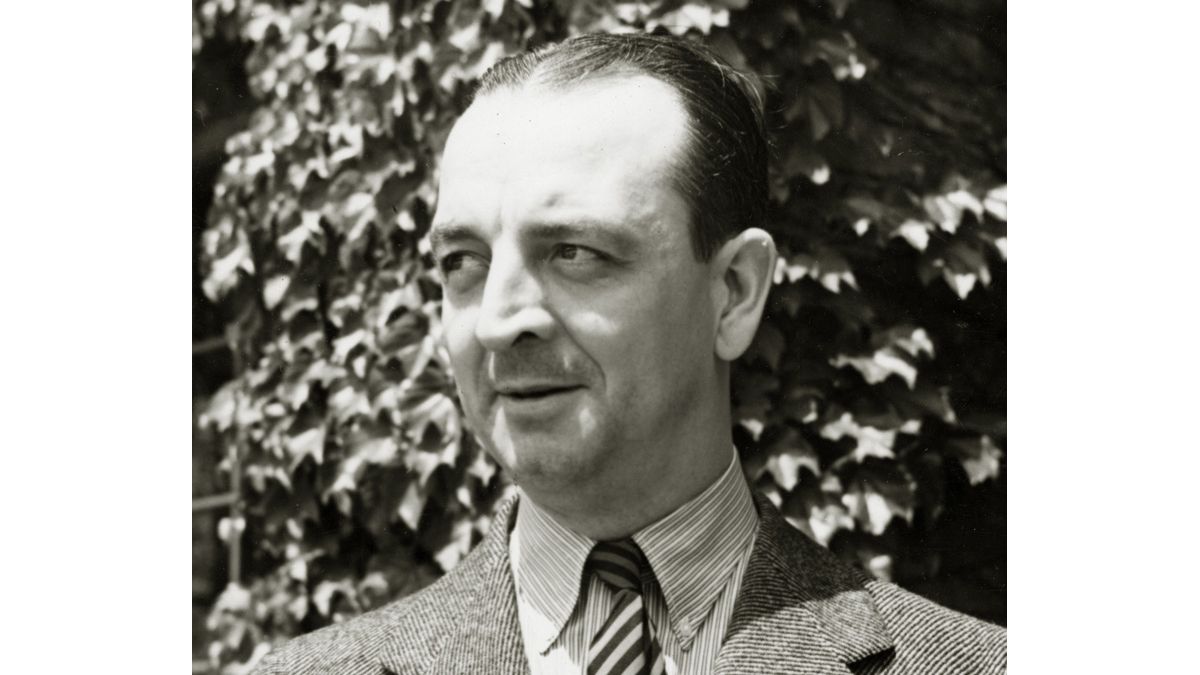“The libertarian economist at the University of Chicago, Henry Calvert Simons, advocated in the years after the 1930 crisis for a banking system with 100% reserve requirements. That is: that the money that the depositors contributed to the banking institutions could not be lent, but would remain in their coffers, or would be exchanged for highly liquid assets, available when their holders wanted to withdraw it. In return, the banks they would not pay any interest for said deposits”, explains Víctor Beker, director of the Center for Studies of the New Economy (CENE) of the University of Belgrano.
“Separately, the investment bank would function, in charge of providing long-term financing to companies. Short-term credit, considered a destabilizing element of the economy, would be abolished. The fact that the banks proceed to cut it, every time expectations turn negative, precipitates a contraction in business volume, argued Simons”, the economist points out.
However, the director of the CENE warns that Milton Friedman himself, Simons’s student, was one of the critics of this proposal, calling it unnecessary and wrong. “Furthermore, he considered it inspired by an interpretation of the 1930 crisis similar to that made by the British economist John M. Keynes. Friedman highlighted the similarities between the thinking of Simons and that of Keynes, rejecting the former’s proposals on banking and monetary policy”, he illustrates.
Beker concludes that “although the idea of the separation between deposit and investment banking included in the Glass-Steagall Act of 1933 seemed to vindicate one of Simons’s proposals, said rule was in force until 1999, when it was repealed under the administration of President Clinton.
Source: Ambito
David William is a talented author who has made a name for himself in the world of writing. He is a professional author who writes on a wide range of topics, from general interest to opinion news. David is currently working as a writer at 24 hours worlds where he brings his unique perspective and in-depth research to his articles, making them both informative and engaging.




